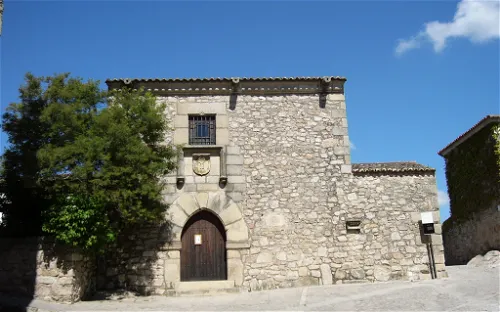Pizarro House Museum and its collection
The Pizarro House Museum is a historical site located in Trujillo, Spain. It is dedicated to the life and achievements of Francisco Pizarro, the famous conqueror of Peru. The museum offers a unique insight into the life of this significant historical figure and his impact on the world.
Architectural Features of the Pizarro House Museum
The Pizarro House Museum is situated in a 15th-century manor house, adding to its historical charm. Visitors enter the museum through a doorway adorned with the Pizarro family's coat of arms. This architectural feature enhances the authenticity of the museum and provides a tangible connection to the past.
Exhibitions and Layout of the Pizarro House Museum
The Pizarro House Museum is spread over two floors. The first floor is a recreation of the original living space, complete with period furniture and documents. This allows visitors to get a sense of what life was like during Pizarro's time. The upper floor hosts an exhibition that delves into the American conquest, the Tahuantinsuyo, the conquest of Peru, and life during the colonial period. This provides a comprehensive overview of the historical context in which Pizarro lived and operated.
History & Anthropology Historic house Person & Artist Religion








